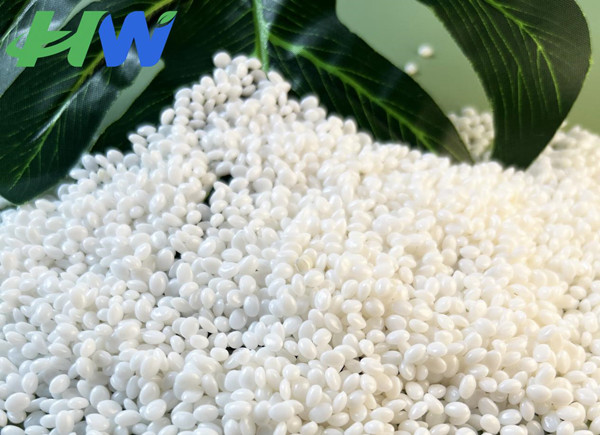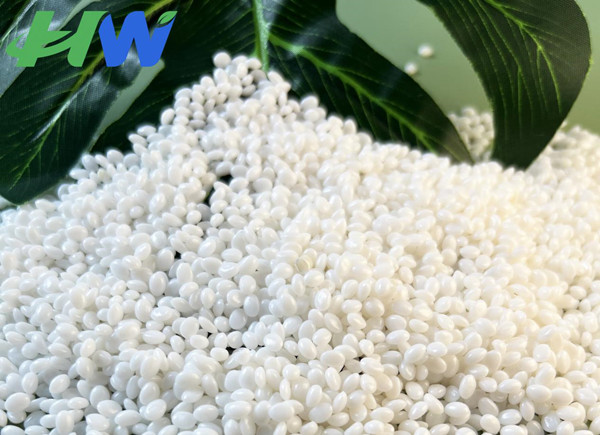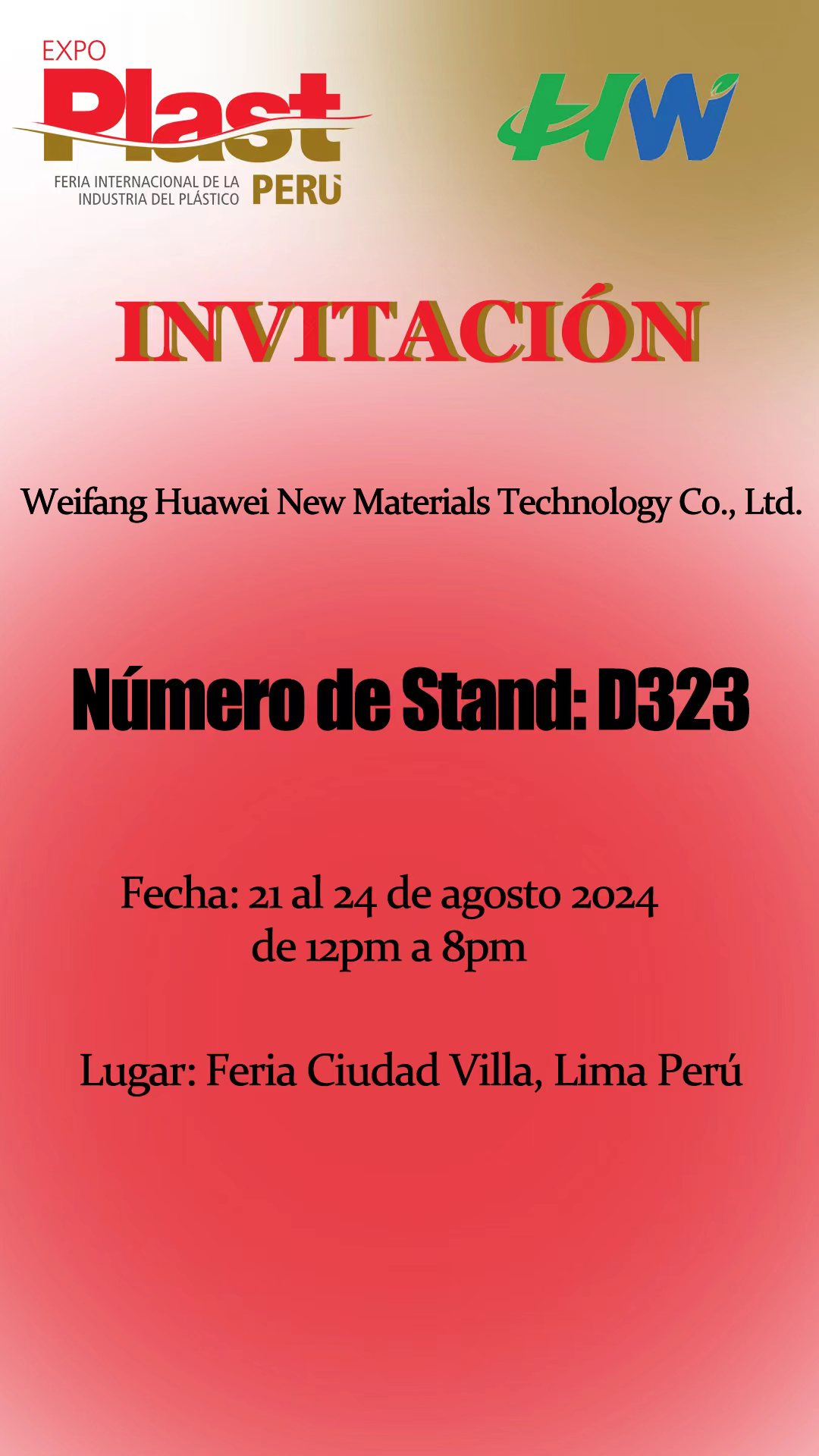Plastic is one of the greatest inventions of human beings in the past century. Due to its light weight, good performance, low price, rich multifunctional and high-performance methods, and diverse molding methods, it quickly and extensively replaces traditional inorganic and organic materials such as steel, metal, wood, cement, glass, and cotton and linen fiber materials, greatly enriching human production and life.
While people enjoy the convenience brought by plastic, they also bear the negative impact of plastic pollution on the natural environment and human health. The environmental pollution caused by plastic waste has attracted widespread attention from society. As one of the main solutions to address white pollution, fully biodegradable plastics are an important direction for the development of polymer materials.
Biodegradable plastics can solve the environmental pollution problem caused by plastic waste, and are widely used in disposable packaging (shopping bags, garbage bags), agricultural films, and disposable restaurants, attracting high attention and becoming a focus of development for countries around the world. Since its inception, biodegradable plastics have shouldered the mission of replacing traditional plastic properties and solving traditional plastic problems, striving to interpret the miracle of new materials creating new lives.
PBAT material is a biobased plastic made from renewable resources and has excellent biodegradability. In the natural environment, PBAT materials can be degraded by microorganisms and ultimately decomposed into carbon dioxide and water, without causing pollution to the environment.

Excellent biodegradability: PBAT can be completely decomposed into carbon dioxide and water by microorganisms under specific conditions, such as composting, seawater, and other natural environments, making it the most suitable fully biodegradable material for film products. This characteristic gives PBAT significant advantages in environmental protection, effectively alleviating "white pollution" and reducing the impact of waste plastics on the environment.
Widely used: PBAT has a wide range of applications, commonly used in disposable plastic packaging, film bags, agricultural films, medical materials, express delivery packaging, and other fields. It has good film-forming properties and is suitable for processing and molding on various common plastic film-forming equipment, making it one of the most reliable and best biodegradable materials in the market.
Good physical properties: As a semi crystalline polymer, PBAT combines the characteristics of PBA and PBT, with good ductility and elongation at break, as well as good heat resistance and impact resistance. These physical properties make PBAT products highly durable during use.
Rapid decomposition: Biodegradable plastics made from PBAT can be completely decomposed within 3-6 months under natural conditions, which is of great significance for reducing environmental pollution.

▲The main applications of PBAT based biodegradable series products
The biodegradable material based on PBAT resin is an environmentally friendly material that combines excellent mechanical properties and good biodegradability. It is widely used in shopping bags, kitchen waste bags, agricultural film, express bags, film coating, disposable tableware and other fields. This figure shows the main application areas of PBAT based biodegradable series products at present.
At present, various fully biodegradable plastics based on different raw materials have been developed worldwide, including starch based biodegradable plastics, polylactic acid (PLA), aliphatic aromatic copolyester PBAT, polybutylene succinate (PBS), polyhydroxy fatty acid ester (PHA), polycaprolactone (PCL), carbon dioxide copolymer aliphatic polycarbonate (APC), etc. Among them, starch based biodegradable plastics, PLA, and PBAT are currently the most researched and developed biodegradable plastics at home and abroad, with relatively mature technologies and the largest industrial scale. They are also the earliest to enter the market and the main varieties currently consumed in the market. Therefore, they can be considered as the three mainstream developments in biodegradable plastics. PBAT is widely used in disposable plastic consumer goods such as shopping bags, garbage bags, tableware, agricultural film, transportation packaging materials, etc. due to its special binary structure and excellent comprehensive performance.
